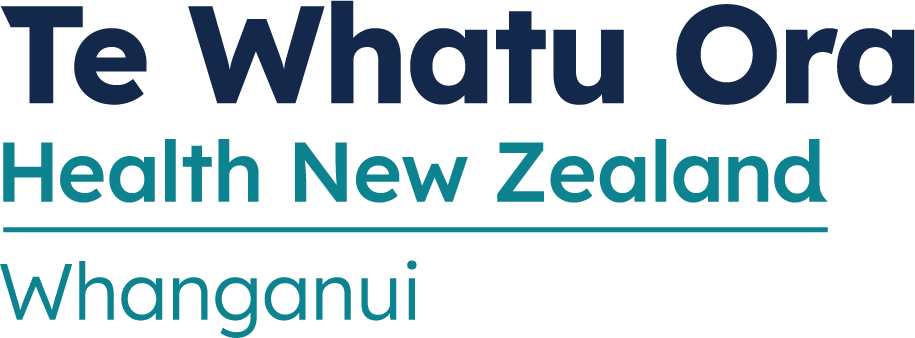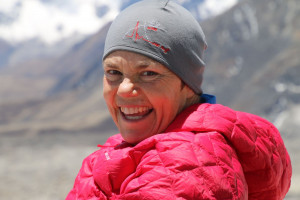
14 November 2019

Dr Jan Bone will give the Porritt Lecture on 21 November 2019
“It’s the kind of thing that stays with you. You feel for everyone – it is etched in the staff’s memory, and not in a pleasant way.”
Dr Jan Bone is talking about February 22, 2011, the day a 6.2 magnitude earthquake devastated Christchurch and the emergency department specialist led the response at the city’s hospital.
The quake left 185 people dead, including one of Dr Bone’s colleagues, and it presented an extraordinary challenge for the hospital team.
Dr Bone will be in Whanganui on Thursday, November 21, to talk about her experiences of being on the frontline at a time of disaster.
She is giving the Porritt Lecture at the Whanganui War Memorial Centre with a theme of Trauma – Disaster & Recovery. It is the 50th anniversary of the lecture series run by the Whanganui District Health Board.
The lecture is free and open to the public.
“It was such a blur … there were so many people being brought in,” she recalls of that fateful day.
The quake wiped out a lot of communications, computers were down and the power kept failing.
“It would suddenly go black … sometimes the generators kicked in; sometimes they didn’t. We were in ED in the pitch black and we couldn’t use the lifts to get to intensive care or the imaging department.”
At one point, she got the student doctors to watch the TV news so they could find out what was happening outside.
Since that day, Dr Bone has taken a particular interest in the wellbeing of staff.
That, of course, is something that was put under severe strain on March 15 this year when the terrorist attack on two mosques in Christchurch resulted in 51 deaths and the hospital being inundated with the wounded.
Dr Bone was not there for that traumatic event, something which still upsets her.
“I was rostered on but I swapped with a colleague because I had to go to Australia for some specialist exams.
“It’s difficult thinking about it because you know you could have been useful there that day.”
She said the earthquake followed by the shootings had left many staff unable to comprehend the enormity of the events and said people were “really traumatised” because of it.
Dr Bone has more than 30 years experience and a key role in Christchurch’s emergency department, one of the busiest in Australasia, averaging about 300 patients a day.
50th Anniversary Porritt Lecture; Dr Jan Bone: Trauma – Disaster & Recovery, Whanganui War Memorial Centre, 7pm, Thursday, November 21. Free admission – open to the public.
About the Porrit Lecture
Born in Whanganui and educated at Whanganui Collegiate School, Lord Porritt studied medicine at Otago University from 1920 until 1923 when he was awarded a Rhodes Scholarship to study at Magdalen College, Oxford from 1924 to 1926.
In 1924, he represented New Zealand at the 1924 Summer Olympics in France. After graduating he became a house surgeon at Mary’s Hospital, London before becoming King’s surgeon to George VI from 1946 to 1952 and Serjeant Surgeon to Queen Elizabeth until 1967.
Lord Porritt was knighted in 1950 and became a baronet in 1963. In 1967, Lord Porritt returned to New Zealand as the 11th Governor-General of New Zealand and the first born in New Zealand.
When elevated to the peerage in 1973, he chose to honour his home town and was created Baron Porritt of Whanganui in New Zealand and of Hamstead in Greater London.
Lord Porritt died in London at the age of 93. His son Jonathon Porritt is a well known environmental activist.
The Porritt Lectures were established by renowned physician Dr Peter Powles who worked at Whanganui Hospital for most of his career.



